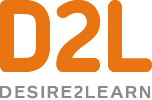Meeting university needs with high-quality LMS features
How D2L’s Brightspace customizes student experiences and drives success
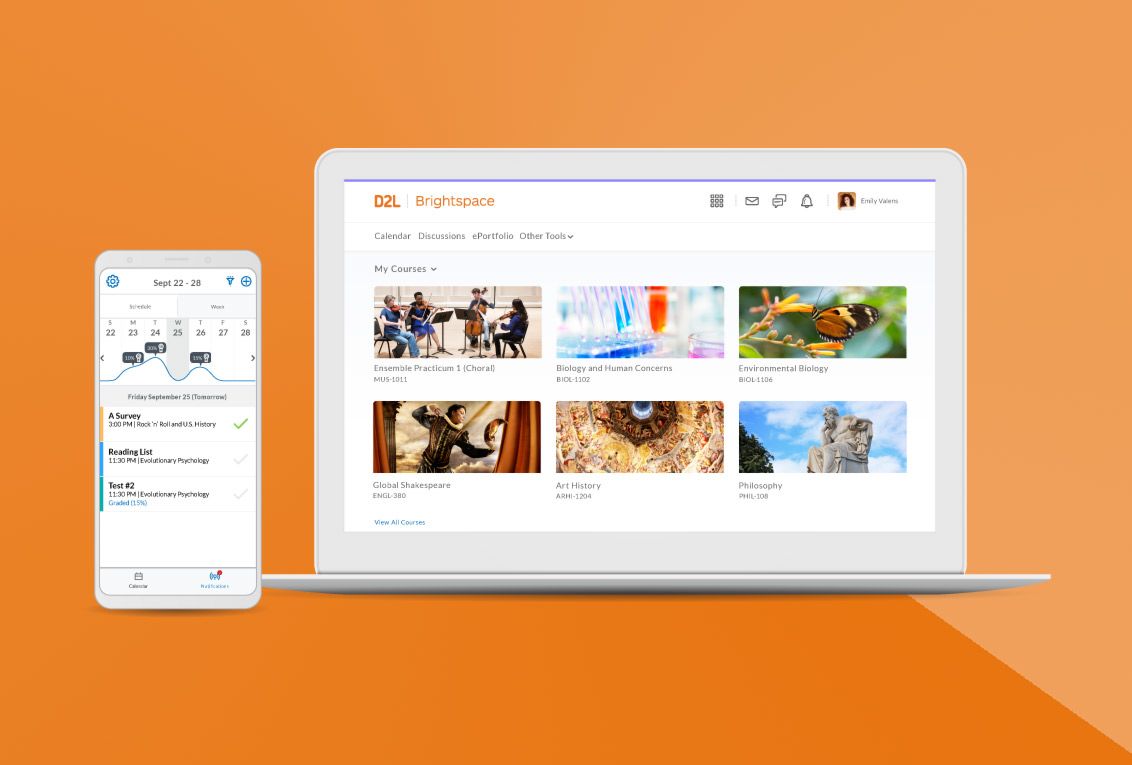
As university administrators, faculty, and students look forward to what should be a more typical fall semester, demand for online classes and digital materials is likely to remain high.
“Students and faculty have become picky customers of online content,” says Holly Whitaker, Learning Strategy Consultant at D2L (Desire2Learn). Students expect at least some content from in-person courses will be available to them online—and that content needs to be engaging.
According to a survey of 1,413 students, 772 teaching faculty, and 514 administrators published in April, the majority of students (73 percent “somewhat” and 46 percent “strongly”) agreed they would like to take some entirely online courses in the future, while 68 percent said they would be interested in hybrid instruction. Most (68 percent) students taking in-person courses agreed they would like to see greater use of technology; 67 percent are hoping to see an increase in digital resources.
This latest installment of the Digital Learning Pulse Survey indicates an increased acceptance of online instruction and a desire for high-quality features that engage students. “It’s incumbent on us to offer something that’s really high quality,” Whitaker says, “or students will choose to go elsewhere.”
A variety of key features in D2L’s Brightspace platform as well as its white glove approach to migration are helping university partners engage students more meaningfully while making it easier for faculty to utilize the tools within the digital offering.
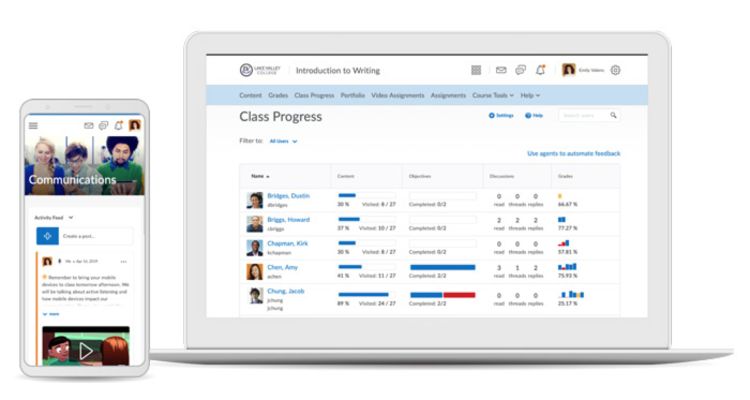
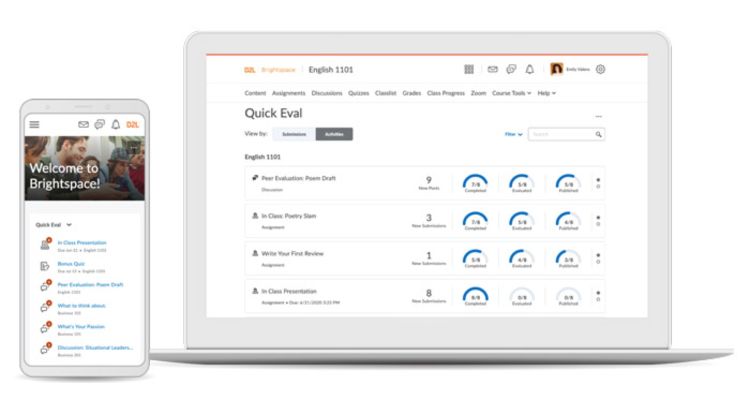
Accessibility features meet students where they are
Online courses must offer a variety of options for students to engage, not just to remain ADA compliant, but also in recognition of the variety of ways people learn, Whitaker says.
“Built-in accessibility features give faculty the ability to hyper-personalize education and create learning experiences based on a student’s preference for a certain modality,” Whitaker explains. For example, students may have the option to attend a lecture in person, watch it on video, or read a transcript of it online.
Personalized learning experiences improve outcomes
The Brightspace platform also features Intelligent Agents, which help tailor student content based on their performance and preferences. If students are doing well, they can receive kudos and progress to new concepts and sections. If they struggle, release conditions can offer supplemental content designed to help. Unlike the days when a student may struggle in the back of a lecture hall and miss office hours, only to perform poorly a midterm and then the entire course, faculty can trigger these conditions to occur automatically, catching overwhelmed students before they fall behind.
Colin Marlaire, Senior Vice President, Academic Affairs at North Central University has seen this at work with his institution’s 12,000 plus mostly graduate students. As the Chief Technology and Chief Learning Officer, he led NCU’s switch to Brightspace and oversees academic technology, curriculum development, faculty and student training as well as data initiatives. He describes the Intelligent Agents as a helpful backstop. “It allows us to create logics for students and faculty that pings them if good things are happening, if bad things are happening or if nothing is happening.”
Managing Change: NCU’s Chief Technology Officer on how communication is king
Colin Marlaire joined NCU in 2016 knowing the university would need to migrate from its proprietary learning management system to one that was “best in class.” Having managed a number of previous migrations, he knew to anticipate some challenges, but this was different. Going from a world where everything—from color selection to button shape—was an option to one that was more streamlined and ultimately more robust required buy in from a variety of internal stakeholders. What follows are his top suggestions on managing migration and beyond.
Don’t just present a new solution and call it a day
Faculty needs to understand why we’re making certain choices, he says. Listen to their needs. Sometimes that requires managing expectations for what’s possible and finding a solution together, which is preferable to acting unilaterally.
Meet often
Marlaire meets with a strategy team every four weeks and a tactical team every two weeks. He suggests setting an agenda, taking and sharing notes, and agreeing on next steps to help build and maintain momentum.
Keep new ideas on the table
New features or software may not appeal to all stakeholders initially. Marlaire suggests putting them on the agenda again over time. As faculty continue to grow with new LMS systems, they may become more open to new opportunities they see can enhance their work.

Leveraging engagement data for student success
At NCU, the data guiding student pathways takes on a much bigger role on the back end. Marlaire and his team can see how much time students spend on individual pieces of content, helping them determine where they can improve course design. Examining the content, how students interact with it, and how that correlates with grades is a Brightspace feature he says is taking on growing importance.
“All institutions tell us they want to increase engagement, retention and persistence,” Whitaker says. Granular engagement data available through Brightspace allows universities to strategically invest in improving course curriculum, so students increase engagement and ultimately complete their course of study.
Ongoing partnership
Marlaire says after managing the migration from NCU’s proprietary LMS system to Brightspace a few years ago, his relationship with D2L has continued. “Because this world continues to evolve, there’s an ongoing discussion about where D2L is going and where we want to go, he says,” which allows them to find synergies.
He views their collaboration as more of a partnership. “It’s more than just a vendor-vendee relationship,” he says. “Because it’s such a central part of the student and faculty experience, I feel like there’s a co-investment.” To that end, Marlaire and other NCU faculty participate in D2L’s annual Fusion conference, and he serves on the company’s advisory board. “Their dedicated account teams work very hard, and we also bring to them an understanding of who we are, so they can help us see the relevance of what they’re offering.”
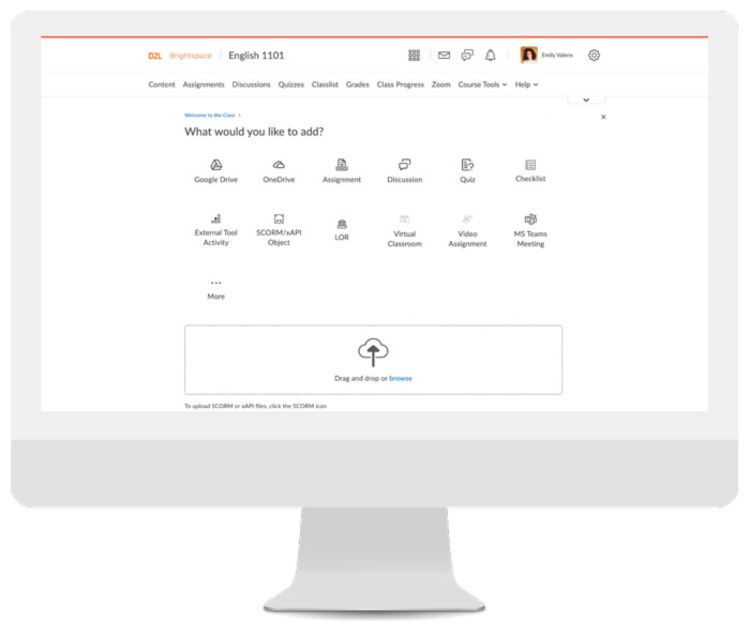
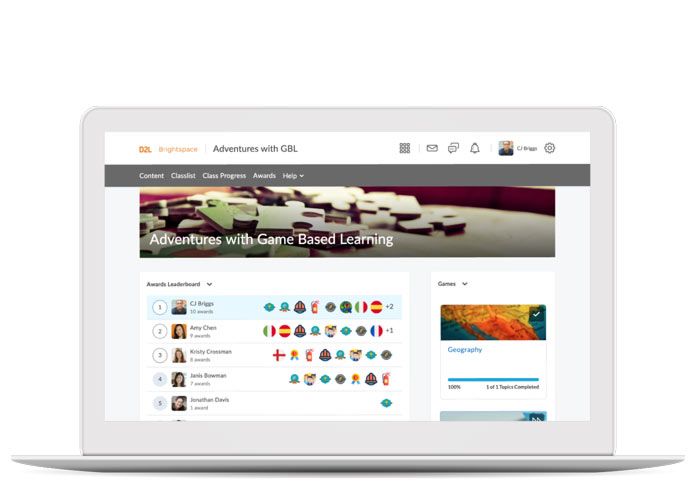
This custom content was written by Inside Higher Ed's sponsored content team with D2L. The editorial team at Inside Higher Ed had no role in its production.

